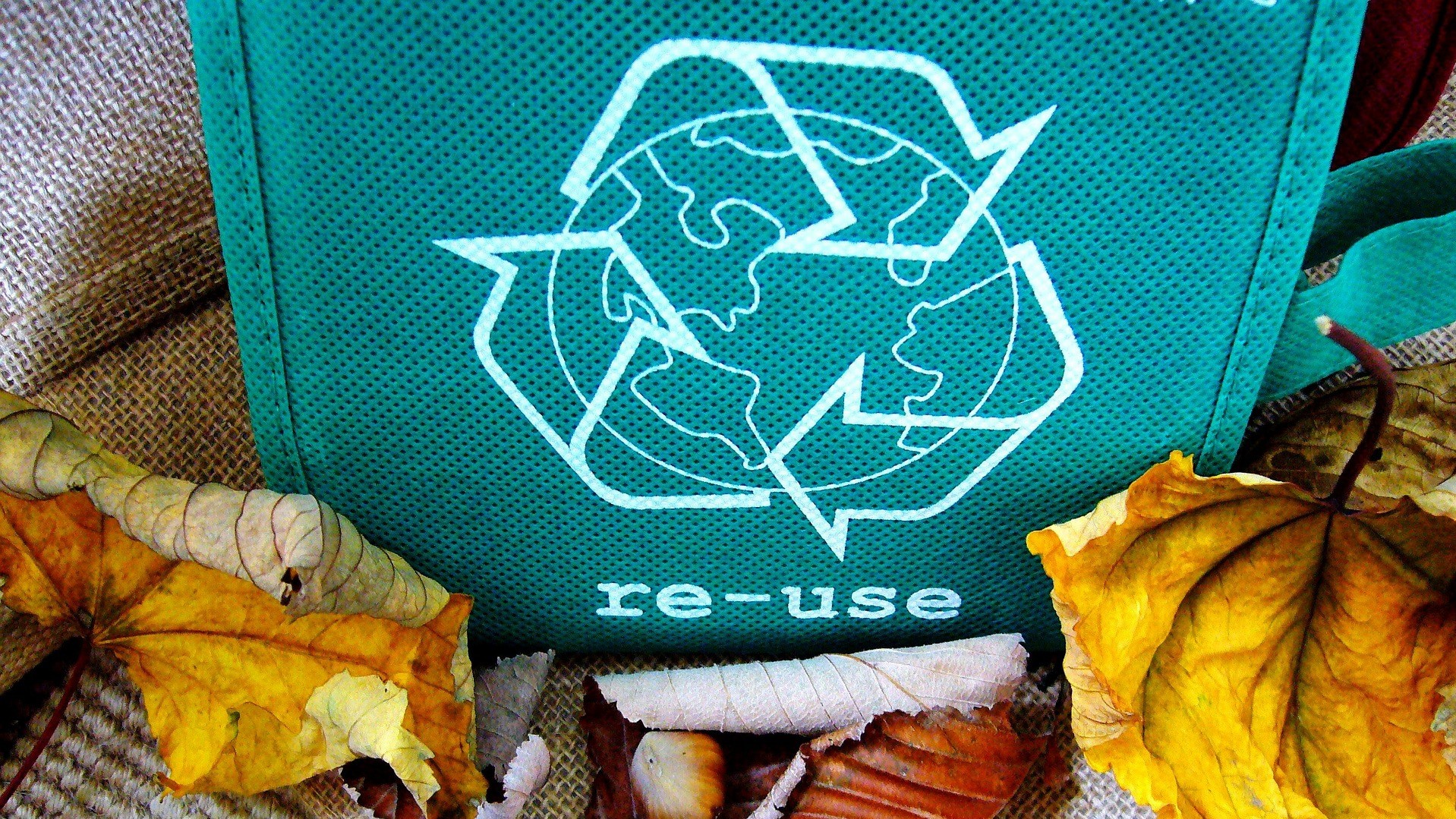In light of the start of Campus Race to Zero Waste, it is timely to talk about waste reduction. Consumerism has drastically increased leading to an overwhelming amount of waste produced in our linear economy.
Let’s start with the facts. The United States alone produced almost 300 million tons of waste in 2018, and that number is continuing on an upward trend. About 20% of that is recycled, about 8% is composted, and the rest is combusted or thrown in a landfill or managed in some other way.
More recycling would mean that fewer raw resources are used and the waste is being used properly. However, this requires energy coordination, lack of contamination in recycling bins, etc. So this is a good alternative when it works.
So that leads us to waste reduction, which is even better than recycling. The consumption of products does not necessarily mean that waste must be produced, at least not to the degree we currently do. Using reusable items helps a lot, e.g., a reusable bottle or mug at coffee shops, reusable bags, reusable containers, etc.
Secondly, try looking for ways to reduce waste in your purchasing. This could include looking for items packaged in containers you could reuse, or in containers that are easily recyclable such as cardboard.
Thirdly, try fixing something that is broken rather than purchasing something completely new. There are situations where this becomes extremely inconvenient and costly, but in situations where it makes little difference, try fixing it.
Lastly, try finding use in the items you do purchase or have. Many things are said to be made for one thing or portrayed to have the purpose of doing a particular thing, but many times you can find a useful task for something that you did not previously think could do that. For example, plastic bottles make great pots for plants that you can decorate yourself.
In conclusion, reducing your waste can have many different forms. These range from reducing your consumption, investing more in products with easily recyclable packaging, reusing as much as possible, and more. Give it a try and help us not deplete our planet!
Written by Zein Tynon, Class of 2024.
Source:

